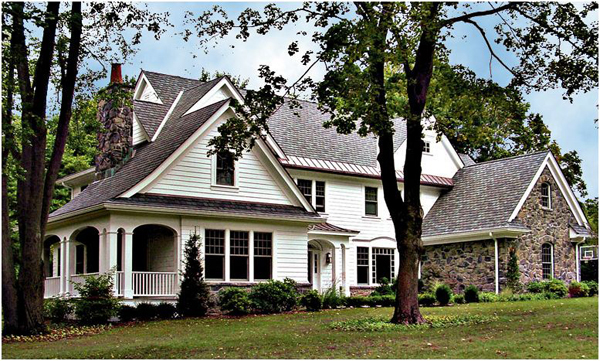
10 Basic Facts You Should Know About Modular Homes

What, exactly, is a modular home?
A modular home is one that is built indoors in a factory-like setting. The finished products are covered and transported to their new locations, where they are assembled by a builder. A modular home is not a mobile home; it is simply a home that is built off-site, as opposed to on-site. These homes are often called factory-built, system-built or prefab (short for prefabricated) homes.
Modular and manufactured homes are not the same. Manufactured homes are not placed on permanent foundations. Manufactured homes, sometimes referred to as (but are not always) mobile homes, can be moved from one location to another. There are specific laws and regulations regarding these relocations.

How do modular homes differ from houses built on-site?
Because modular homes are built indoors, they can be completed in a matter of a few weeks, as opposed to months. They don’t see the typical on-site delays caused predominantly by the weather. Modular homes must conform to specific rules, guidelines and building codes that often surpass those of traditional on-site homes.
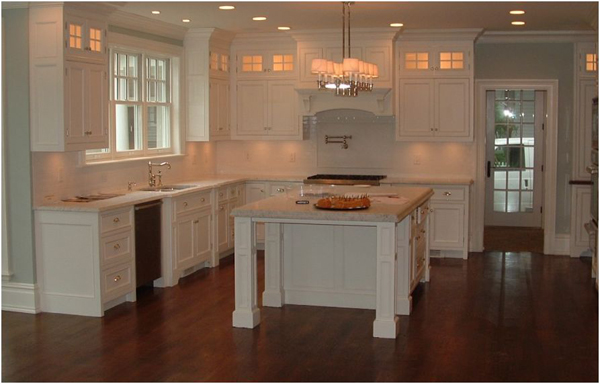
Modular home facts
- Modular homes appraise the same as their on-site built counterparts do; they do not depreciate in value.
- Modular homes can be customized.
- Most modular home companies have in-house engineering departments that utilize CAD (Computer Aided Design).
- Modular home designs vary in style and size.
- Modular construction can be used for commercial applications, including office buildings.
- Modular homes are permanent structures — “real property.”
- Modular homes can be built on crawl spaces and basements.
- Modular homes are considered a form of green building.
- Modular homes are faster to build than 100 percent site-built homes.
- Home loans for modular homes are the same as site-built homes.
- Insurance premiums for modular homes are the same as site-built homes.
- Taxes on modular homes are the same as site-built homes.
- Modular homes can be built to withstand 175-mph winds.
- Modular homes can be built for accessible living and designed for future conveniences.
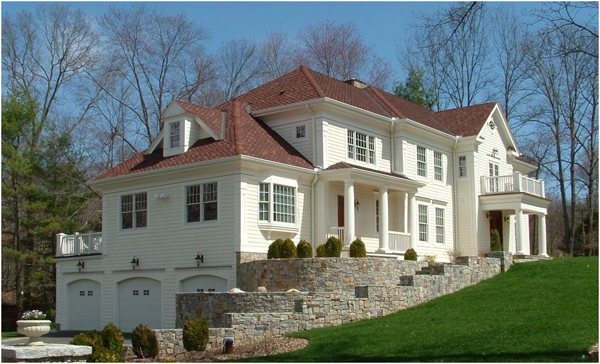
Do all modular homes look alike?
Contrary to popular misconception, modular homes do not all look alike. Modular homes have no design limitations. You can create any style of modular home you wish, whether you want a traditional center-hall colonial or a Mediterranean.
You can add any style of window or architectural detail that you desire. Nearly all host plans can be turned into modular homes, which means you can create your dream home.
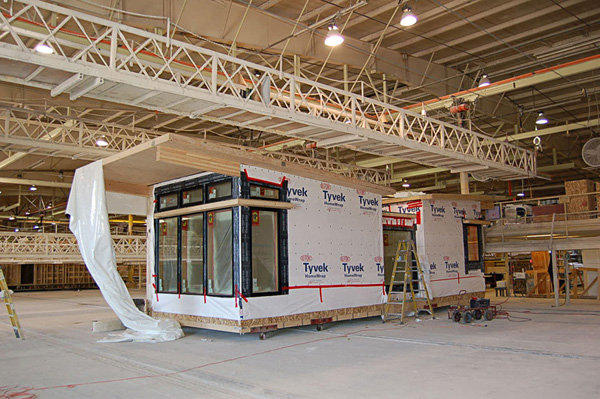
How is a modular home assembled?
A factory-built home starts out as sections that have been built in a climate-controlled area. The finished sections are transported to the building site and then assembled with cranes. This process resembles a child building with Lego blocks. Modular homes cannot be moved after they have been placed and set on their foundations.
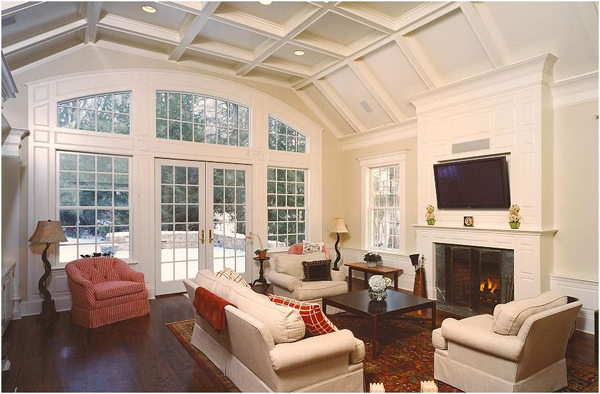
If you are designing your own home, it’s important to ask specific questions, as each manufacturer operates under a different set of guidelines. Modular homes offer hundreds of personalized features that include (but are not limited to) ceramic floors, solid-surface countertops, various cabinet styles and wood species, exterior finishes, plumbing fixtures, etc. You can essentially customize your home.
Are modular homes more expensive than those built on-site?
Prefab homes can typically save you quite a bit of money. Because they are constructed in a factory, they can be built fairly quickly — in a matter of weeks, as opposed to months — because there are no weather delays. Furthermore, all inspections are performed at the factory during each phase of construction by a third-party inspector, and are completed before the homes are transported to their permanent locations.
It is important to note, however, that the more complex the design and specs, the more your home will cost. Electrical, plumbing and duct work are often not factored into the initial pricing, so your final cost may be 20 percent more than the builder’s quote. You might also need to install a septic system, natural gas or a basement; these, too, will add to your bottom line.
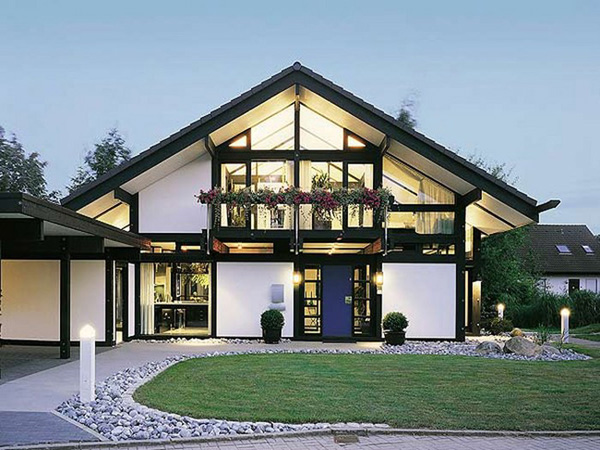
How can you recognize a modular home?
Every modular home should have a small metal tag on the outside of each section, or in kitchen cabinets and bedroom closets. If you cannot locate these, you should be able to find details about the home in the electrical panel box. The tags also include the manufacturing date.
Prefabricated houses are built on non-removable metal chassis. If you are looking at a home that you think could be prefab but whose markers have been removed, look for small holes in the structure where the markers should be.
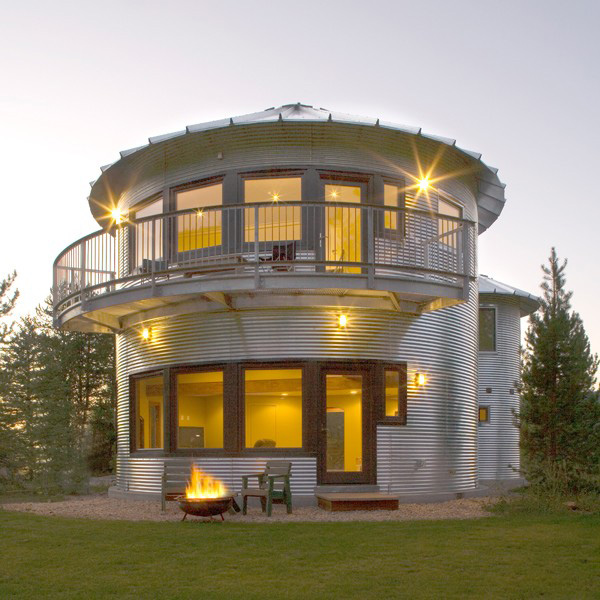
What are the benefits of owning a modular home?
Modular homes can be more affordable than site-built homes. Their shorter build time will save you money on the overall construction. Home inspections are not needed, as these are all done in the factory.
Modular homes are much more energy-efficient, so your monthly expenses will be substantially less. They also are environmentally friendly. There are a great variety of homes from which to choose, and many architects specialize in designing modular homes. As with any home, modular homes can be expanded.


